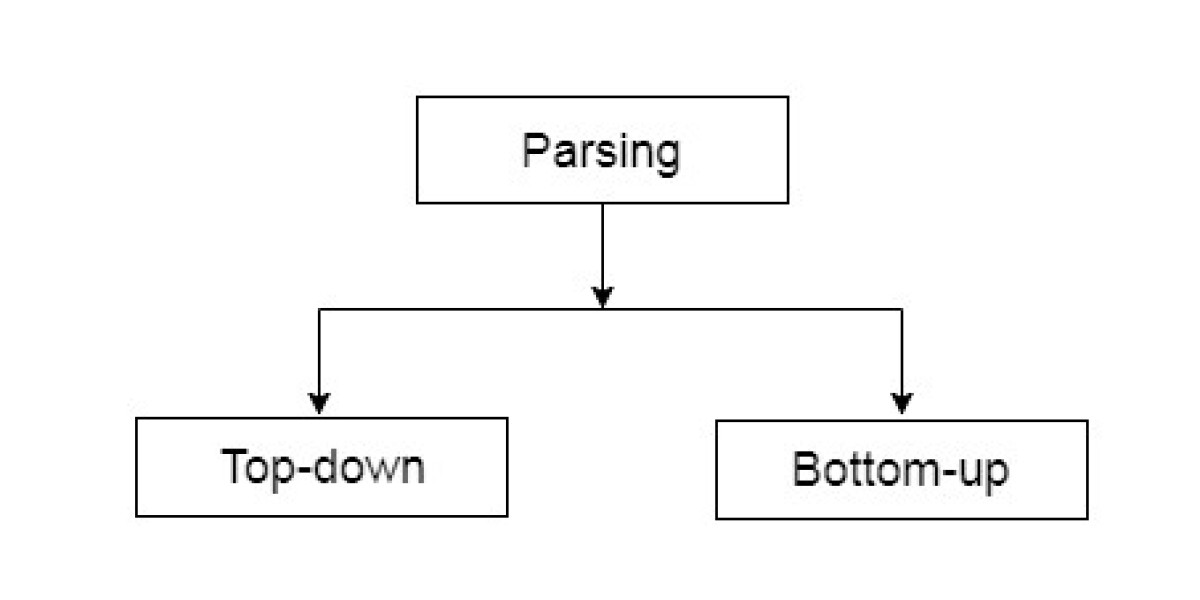Parsing is a process used in computer programming to analyze and interpret code. It involves breaking down code into its constituent parts and determining its structure and meaning. Parsing is a critical component of many programming languages and is essential for writing compilers, interpreters, and other software tools. In this beginner's guide, we will cover the basics of parsing, including its definition, types, and tools used in parsing. Parsing is a fundamental concept in programming that involves breaking down a piece of code or text into its constituent parts, and analyzing their structure and meaning. Parsing is used in many programming contexts, such as compiler design, text processing, and data analysis. However, for beginners, the concept of parsing can be difficult to understand. In this beginner's guide, we will provide an overview of parsing and explain its importance in programming.
What is Parsing?
Parsing is the process of analyzing code to determine its structure and meaning. It involves breaking down code into smaller parts, such as keywords, operators, and variables, and determining how they are related to each other. Parsing is often used in programming languages to convert source code into a more structured representation that can be executed by a computer.
Types of Parsing:
There are two main types of parsing: top-down parsing and bottom-up parsing. Top-down parsing starts with the highest-level grammar rule and recursively applies rules to break down the code into smaller parts. Bottom-up parsing, on the other hand, starts with the smallest parts of the code and works its way up to the highest-level grammar rule.
There are two main types of parsing: top-down parsing and bottom-up parsing.
Top-down Parsing: Top-down parsing is a parsing technique that starts with the highest-level grammar rule and recursively applies rules to break down the code into smaller parts. This approach is also known as predictive parsing, as it predicts which production rule to apply based on the next input symbol. Top-down parsing begins with the start symbol of a grammar and attempts to derive a parse tree for the input string.
There are three common top-down parsing methods:
- Recursive Descent Parsing: Recursive descent parsing is a top-down parsing technique that uses recursive procedures to parse an input string. Each non-terminal symbol in the grammar is represented by a procedure that generates the corresponding sub-tree of the parse tree.
- LL Parsing: LL parsing is a top-down parsing technique that uses a look-ahead token to determine which production rule to apply. The "L" in LL stands for left-to-right scanning of the input string, and the second "L" refers to the fact that the parser derives a leftmost derivation of the input string.
iii. Top-Down Operator Precedence Parsing: Top-down operator precedence parsing is a top-down parsing technique that uses a set of precedence rules to parse an input string. This technique is commonly used to parse expressions and arithmetic operations.
Bottom-up Parsing: Bottom-up parsing is a parsing technique that starts with the smallest parts of the code and works its way up to the highest-level grammar rule. This approach is also known as shift-reduce parsing, as it shifts input symbols onto a stack and then reduces them to higher-level grammar rules. Bottom-up parsing begins with the input symbols and attempts to construct the parse tree from the bottom up.
There are two common bottom-up parsing methods:
- LR Parsing: LR parsing is a bottom-up parsing technique that uses a table-driven approach to determine which production rule to apply. The "L" in LR stands for left-to-right scanning of the input string, and the "R" refers to the fact that the parser derives a rightmost derivation of the input string.
- LALR Parsing: LALR parsing is a variant of LR parsing that uses a smaller parsing table and is more efficient than LR parsing.
In summary, top-down parsing starts with the highest-level grammar rule and recursively applies rules to break down the code into smaller parts, while bottom-up parsing starts with the smallest parts of the code and works its way up to the highest-level grammar rule. There are several variations of each parsing method, including shift reduce parsing, recursive descent parsing, LL parsing, top-down operator precedence parsing, LR parsing, and LALR parsing.
Tools Used in Parsing:
There are several tools used in parsing, including lexical analyzers, parsers, and abstract syntax trees. Lexical analyzers, also known as lexers, are used to break down code into tokens, such as keywords and operators. Parsers are used to analyze the structure of the code and convert it into a more structured representation. Abstract syntax trees, or ASTs, are used to represent the structure of the code in a way that is easier for computers to understand and execute.
Parsing has several real-world applications in computer programming, including:
- Compilers and Interpreters: Parsing is a fundamental part of writing compilers and interpreters for programming languages. Compilers and interpreters use parsing to analyze the structure of source code and generate executable code.
- Text Processing: Parsing is used in text processing applications, such as search engines and text editors. Text processing applications use parsing to analyze and manipulate text, such as identifying keywords, extracting data, and formatting text.
- Data Extraction: Parsing is used in data extraction applications, such as web scrapers and data mining tools. These tools use parsing to extract data from websites, documents, and other sources.
- Natural Language Processing: Parsing is used in natural language processing applications, such as speech recognition and language translation. Natural language processing applications use parsing to analyze the structure of sentences and identify the meaning of words and phrases.
- Configuration Files: Parsing is used in configuration file applications, such as server configuration files and software configuration files. These files use parsing to read and interpret the configuration settings.
In summary, parsing has a wide range of real-world applications in computer programming with shift reduce parsing, including compilers and interpreters, text processing, data extraction, natural language processing, and configuration files.
Parsing is a critical process in computer programming that allows code to be analyzed and executed by computers. Understanding the basics of parsing, including its definition, types, and tools, is essential for writing compilers, interpreters, and other software tools. By using lexical analyzers, parsers, and abstract syntax trees, programmers can break down code into its constituent parts and determine its structure and meaning.



